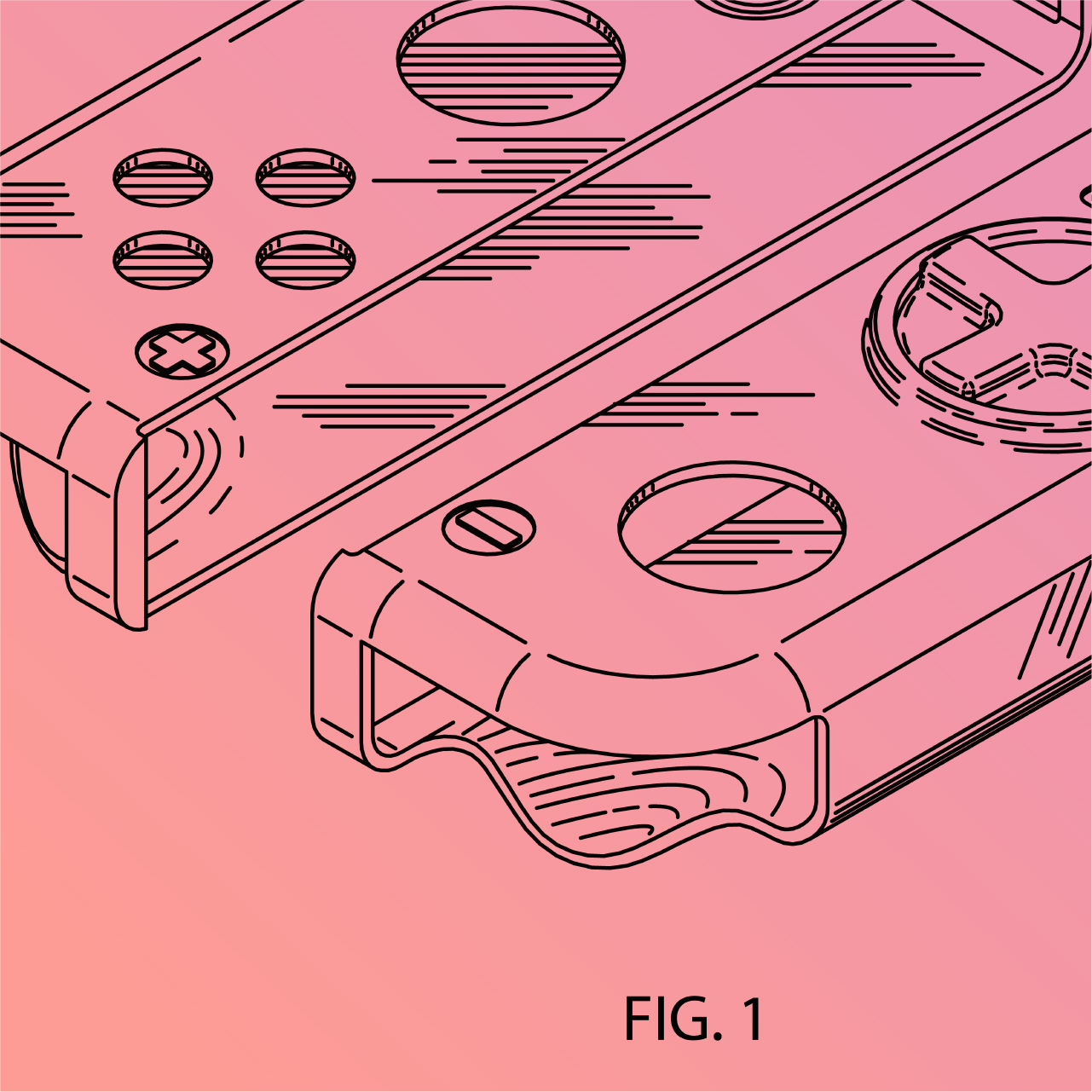
Patent Services
Patents can be an integral part of the product development process. IP (Intellectual Property) can drastically influence how a project is developed, whether that is attempting to create new inventive technologies for our clients, or working within a scope to circumnavigate existing industry patents.
The Spark team works with Patent Lawyers and Agents as well as with local and foreign Patent Agencies to generate figures to illustrate designs. There are several patent strategies and types to help protect design ideas.
- Provisional Patent Illustration
- Utility Patent Illustration
- Design Patent Illustration
- Software Illustrations
- Texture and Color Patent Illustration
- Graphs and Complex Data Patent Illustration
- Systems Patent Illustration
Utility Patent Illustration
A utility patent is a form of intellectual property protection granted by the government to inventors for new and useful inventions or discoveries. Utility patents provide exclusive rights to the inventor for a specific period, typically 20 years from the filing date of the patent application.
Utility patents are a form protection on how an invention functions. Spark can work with patent lawyers to Illustrate the function through exploded views, section views, situational views, by adding hand and human models to demonstrate interaction with people and the environment. Spark will collaborate with lawyers and agents to revise, number, and alter any illustration as well as any office actions requested by any government patent agency.
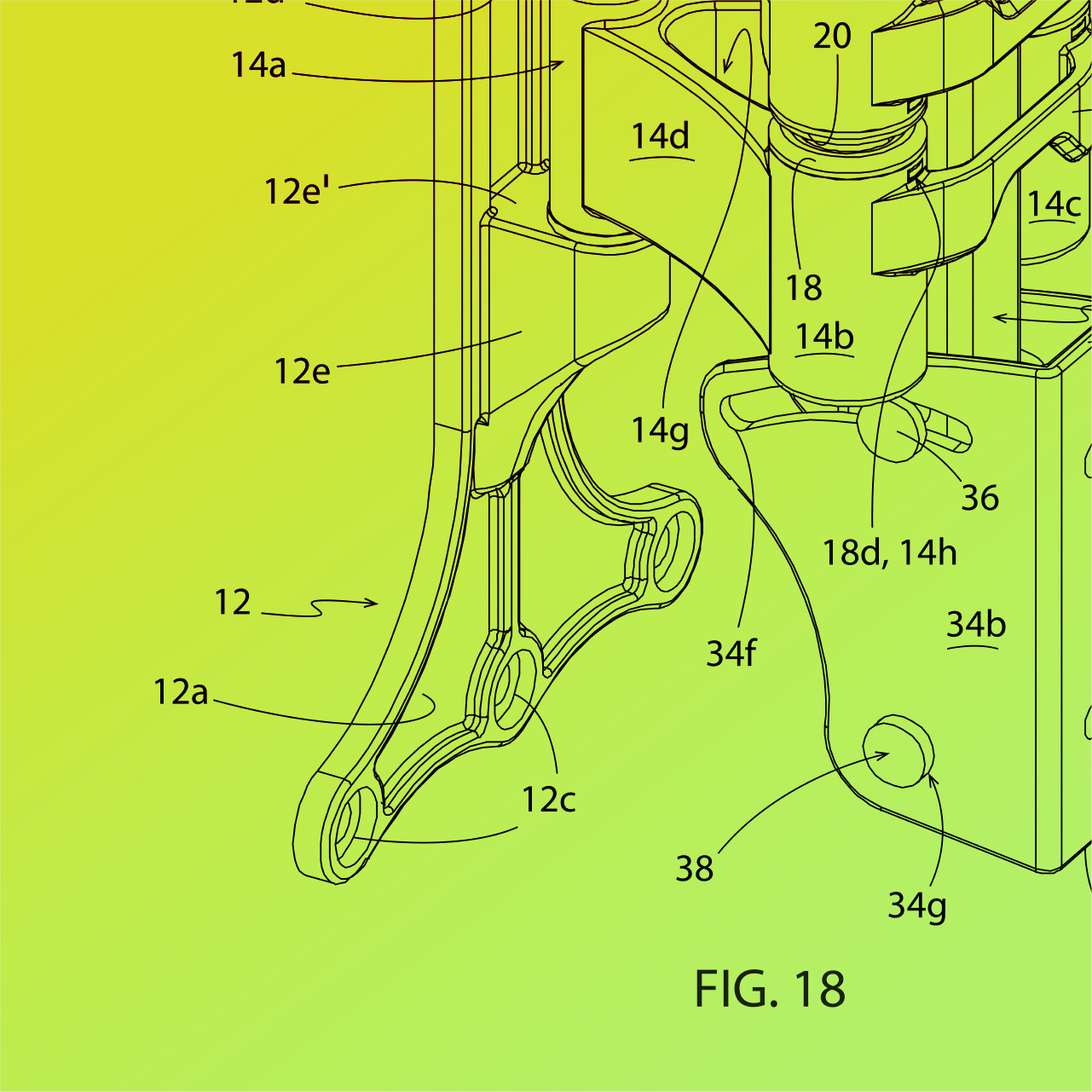
Utility Patent Illustrations
A utility patent is a form of intellectual property protection granted by the government to inventors for new and useful inventions or discoveries. Utility patents provide exclusive rights to the inventor for a specific period, typically 20 years from the filing date of the patent application.
Utility patents are a form protection on how an invention functions. Spark can work with patent lawyers to Illustrate the function through exploded views, section views, situational views, by adding hand and human models to demonstrate interaction with people and the environment. Spark will collaborate with lawyers and agents to revise, number, and alter any illustration as well as any office actions requested by any government patent agency.
Design Patent Illustration
A design patent is a form of intellectual property protection granted to inventors or designers for new, original, and ornamental designs for an article of manufacture. Unlike utility patents, which protect the functional aspects of an invention, design patents protect the visual or aesthetic characteristics of a product. Design patents are typically easier and quicker to obtain than utility patents and have a shorter term of protection. (Approx 15 years).
Design Patents have a unique characteristic in that the artist must depict all surfaces, undulations and nuances using only shading lines, no actual shading or colors are allowed in patents.
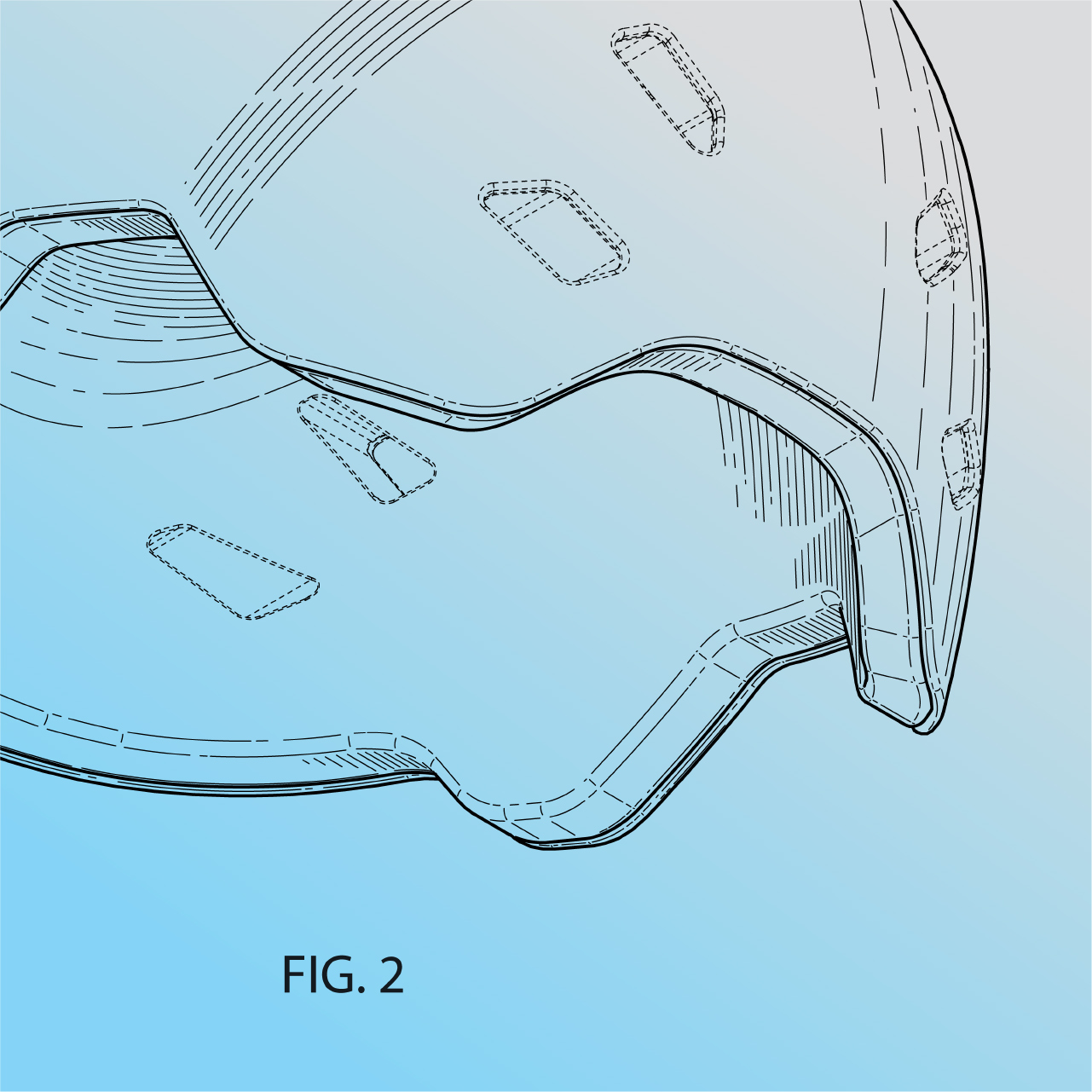
Design Patent Illustration
A design patent is a form of intellectual property protection granted to inventors or designers for new, original, and ornamental designs for an article of manufacture. Unlike utility patents, which protect the functional aspects of an invention, design patents protect the visual or aesthetic characteristics of a product. Design patents are typically easier and quicker to obtain than utility patents and have a shorter term of protection. (Approx 15 years).
Design Patents have a unique characteristic in that the artist must depict all surfaces, undulations and nuances using only shading lines, no actual shading or colors are allowed in patents.
Software/UX/UI Patent Illustration
Software patent illustrations are a form of depicting software features and characteristics is a line style format, this can be done in both utility and design patent illustrations
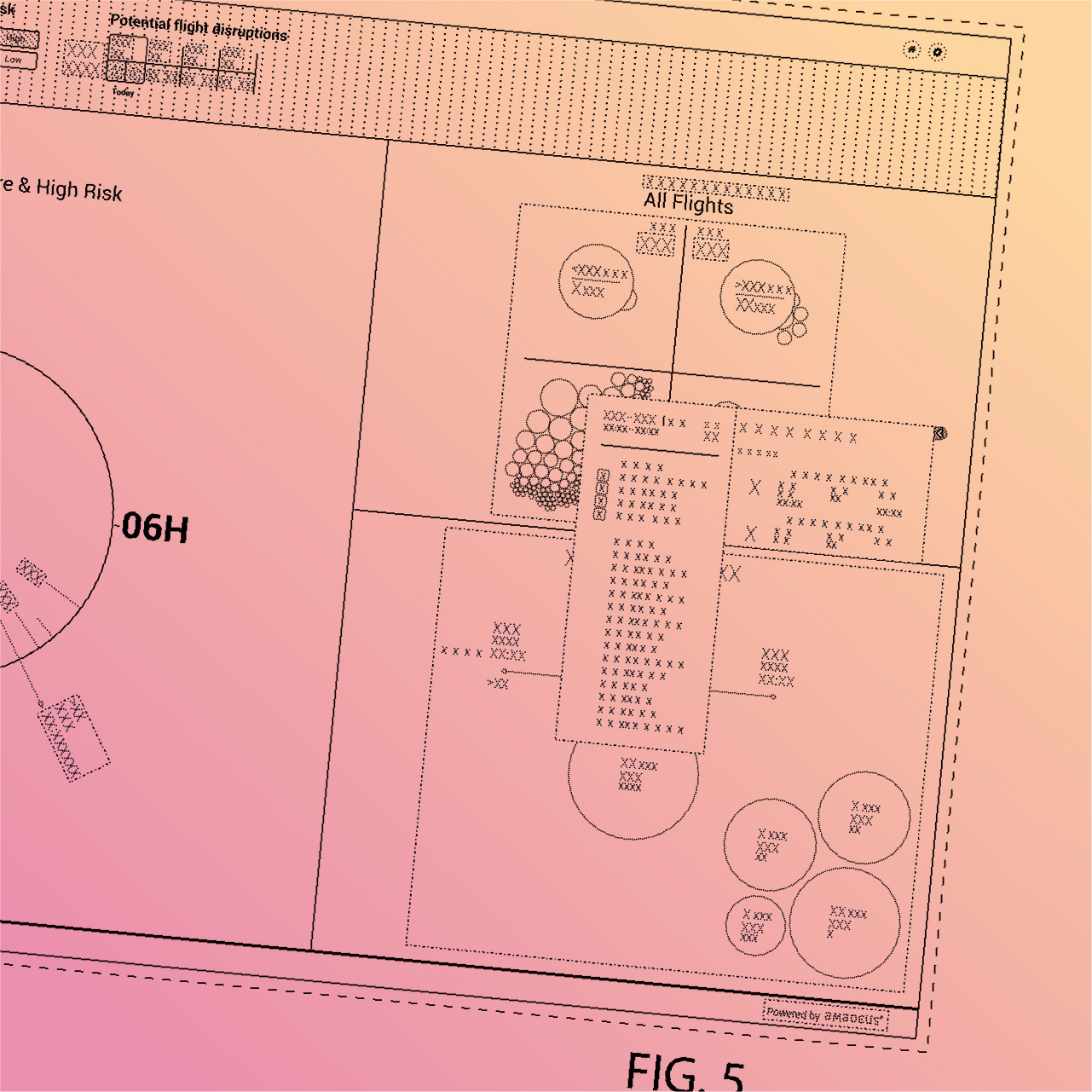

Software/UX/UI Patent Illustration
Software patent illustrations are a form of depicting software features and characteristics is a line style format, this can be done in both utility and design patent illustrations
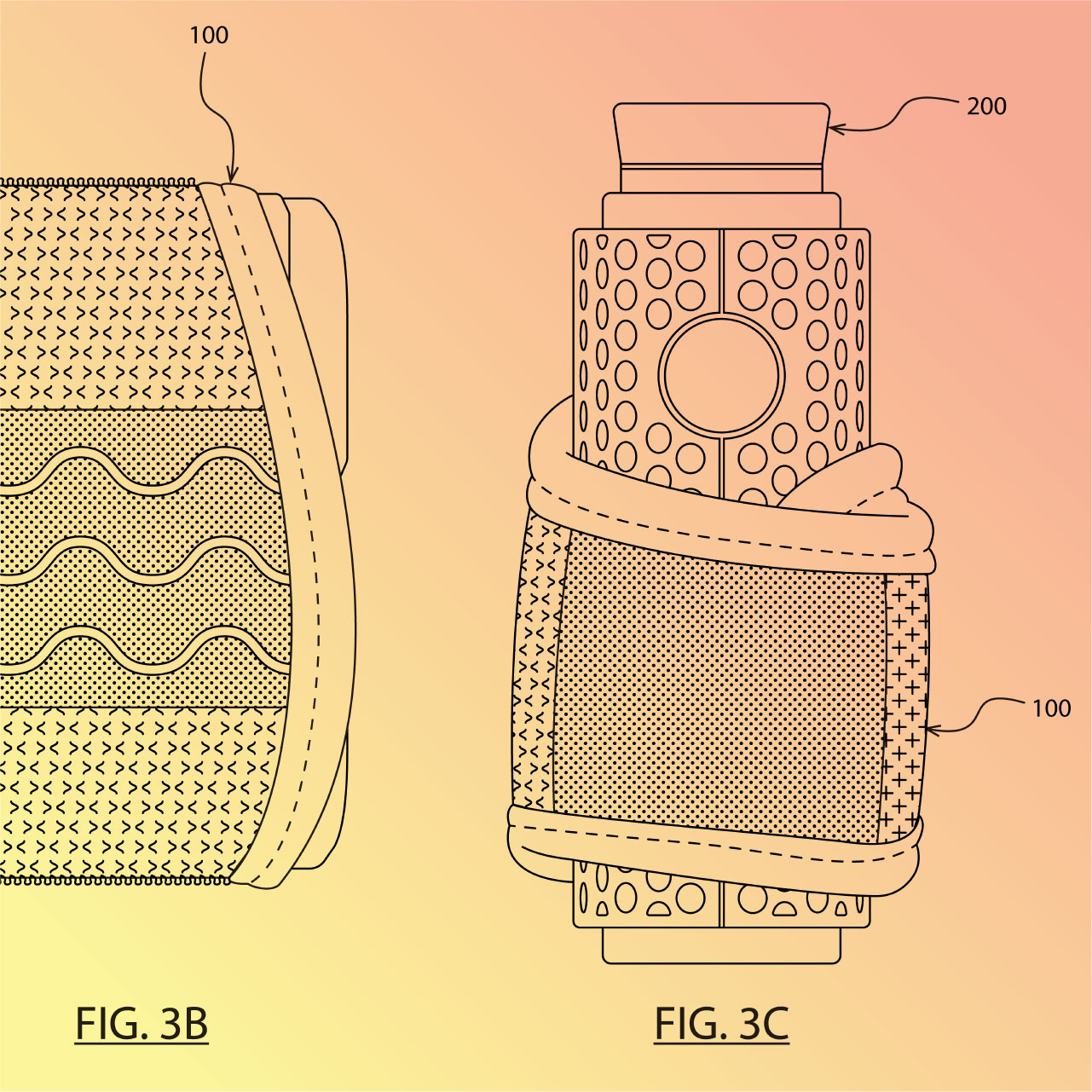
Texture and Color Patent Illustration
For some products colors, textures, or shading are integral to the invention. Over the years, we have worked with clients, lawyers and agents to illustrate these unique elements in a linear format as required by the different government patent agencies.
Graphs and Complex Data patent Illustration
Some patents are strictly an idea, or do not have a physical product. Illustrating graphs, charts, data sets, and plots takes skill and experience. At Spark we have worked with Lawyers to generate illustrations for just this kind of unique scenario.
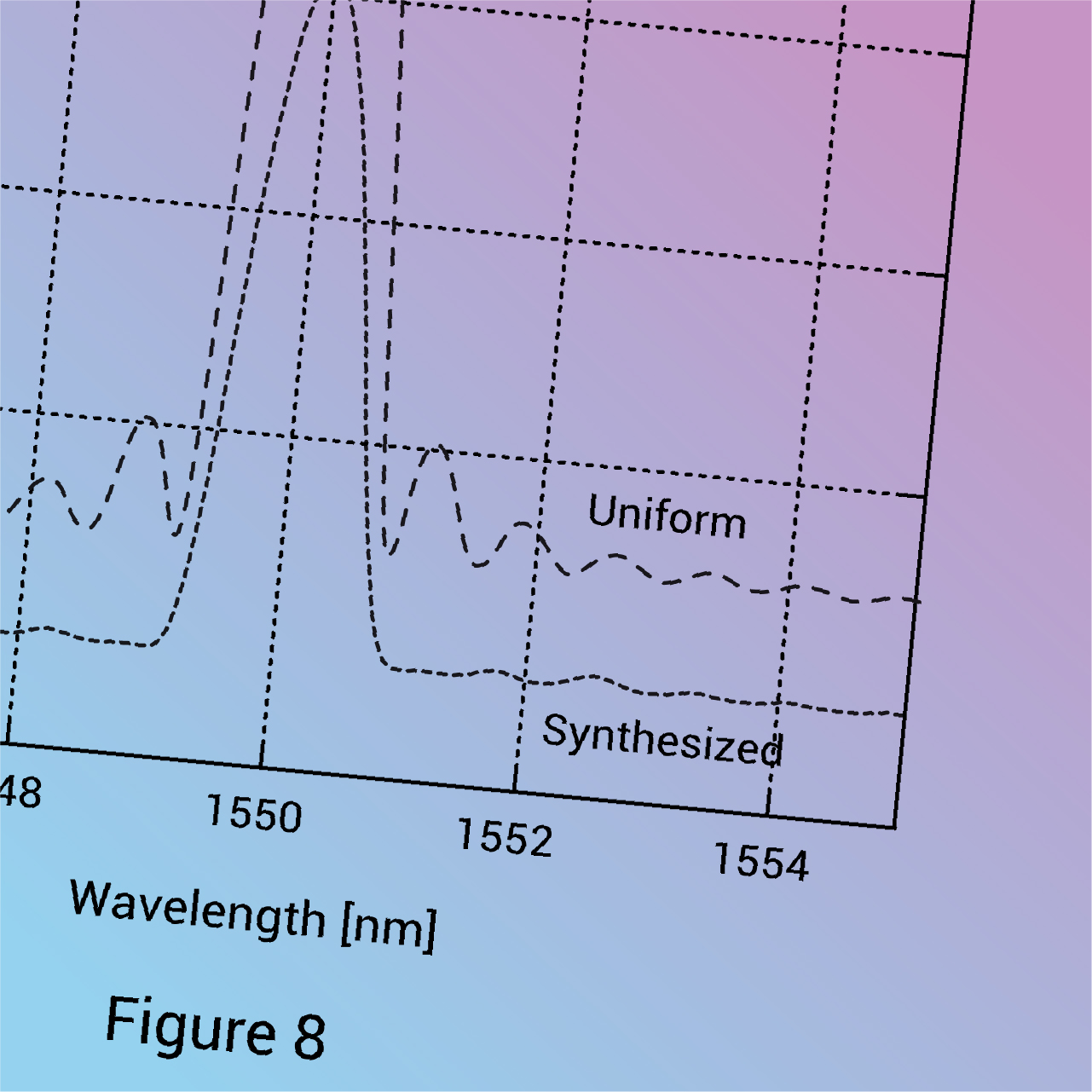

Graphs and Complex Data patent Illustartion
Some patents are strictly an idea, or do not have a physical product. Illustrating graphs, charts, data sets, and plots takes skill and experience. At Spark we have worked with Lawyers to generate illustrations for just this kind of unique scenario.
System Patent Illustration
Patents that protect invention of systems, structures, organizations, complex arrangements of data and networks are a form of utility patent that require effective communication with patent lawyers and sometimes government agencies like the USPTO.
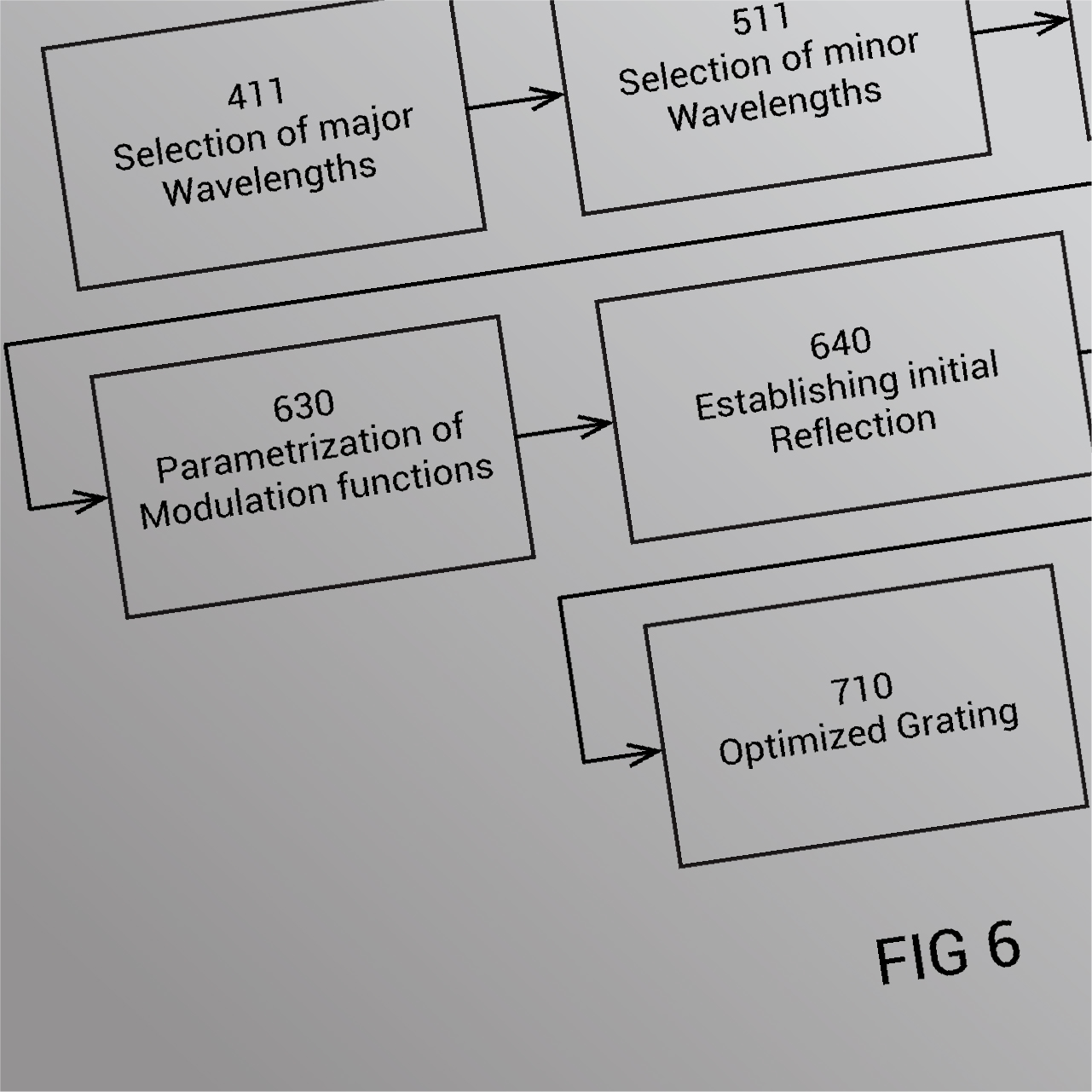
System Patent Illustration
Patents that protect invention of systems, structures, organizations, complex arrangements of data and networks are a form of utility patent that require effective communication with patent lawyers and sometimes government agencies like the USPTO.